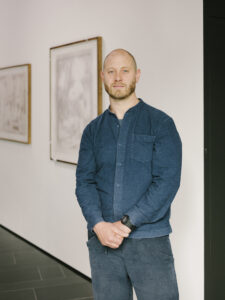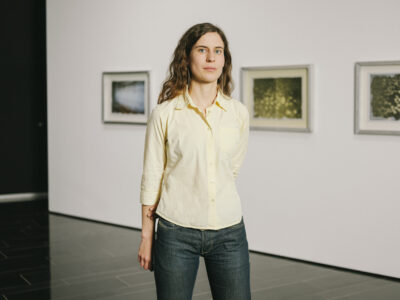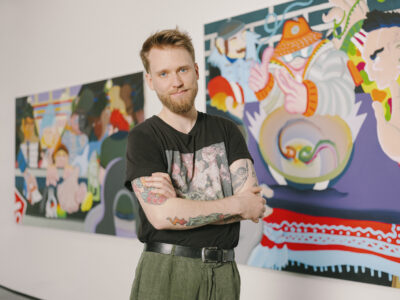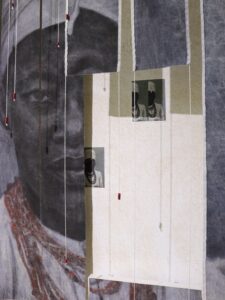
Jun 22 – Aug 2, 2007
Klaus Wanker
OPENING
Thursday, 21.06.2007, 6.30 pm
WELCOME
Hans Peter Haselsteiner
ABOUT THE ARTIST
Florian Steininger, BACA Kunstforum, Vienna
Wanker's images come from the world of fashion and lifestyle magazines. The paintings show perfectly styled people, whose mediatized and stylized images present the glamorous world of the beautiful and the rich, a world shaped by the madness of youth and radical commercialization. The portraits of the teenagers, who are declared to be stars in the pictures, are striking and larger than life. The focus is on their faces, in which the dreams and longings of a Jeunesse Dorèe are reflected. Models are placed in front of urban backgrounds; High-rise facades, subway stations and desolate landscapes are scenarios in front of which they pose for the viewer. The images are also overlaid with barely legible slogans, which cover the images with messages that refer to a longing for feelings and emotional emptiness. In a world of flood of images, the greatest desire is to be perceived and seen.
Sabine Himmelsbach, Edith Ruß House for Media Art, Oldenburg
Photos: STRABAG ART
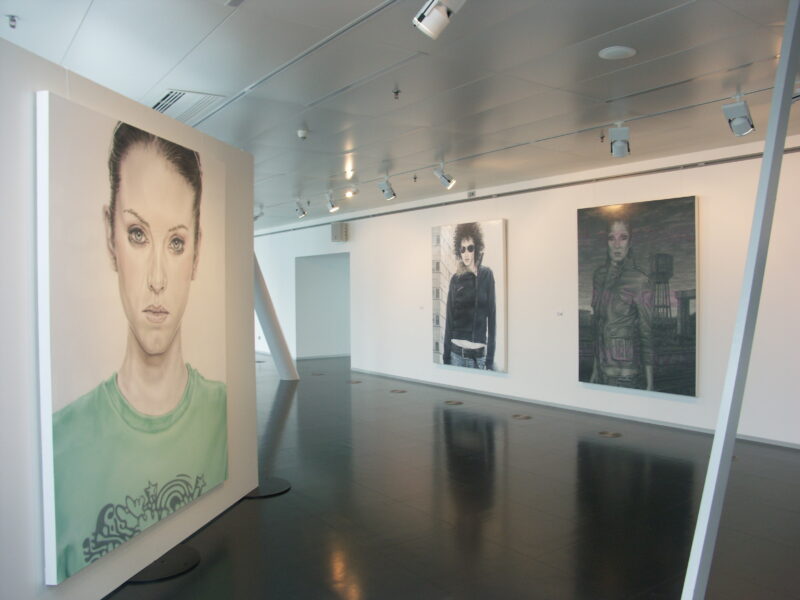

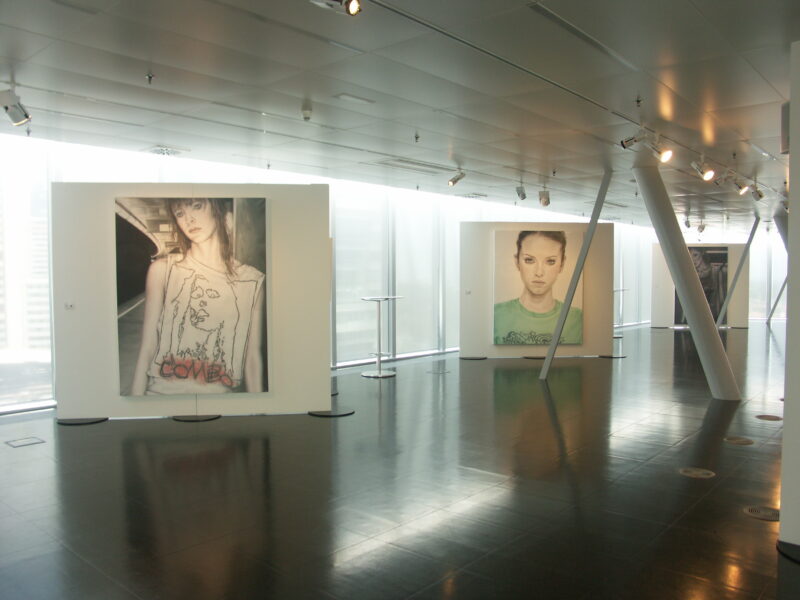
Upcoming

